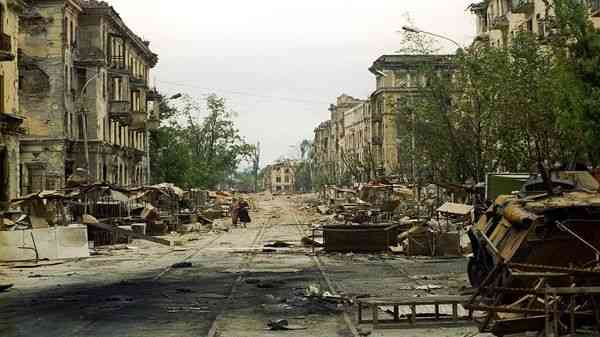A war that took place between Russia and the Chechen forces and was divided into two parts: the first war 1994-1996 and the second 1999-2000.
What is Chechnya?
Before we start talking about the history of the war, we must introduce the Muslim state of Chechnya, which is one of the Russian republics located in the northeastern Caucasus. The capital city of Chechnya is Grozny, whose inhabitants speak Russian and Chechen languages and are inhabited by the Muslim majority.[1]
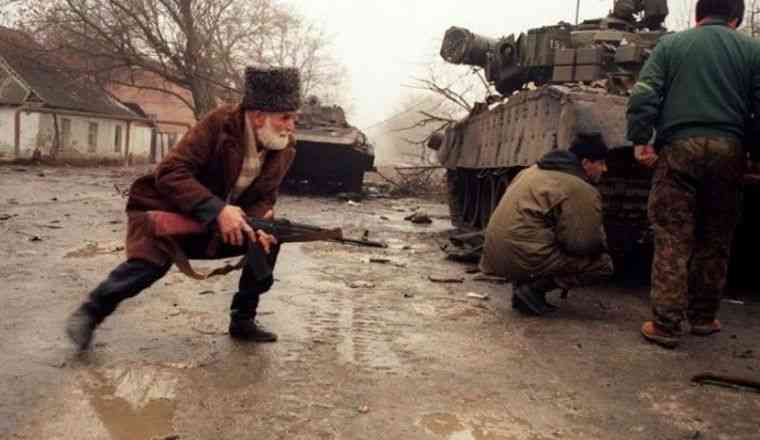
Chronology of events before the war:
In August 1991, the Soviet Union was suffering from confusion. It was very close to collapse, and while the then Soviet President Mikhail Gorbachev was spending his summer vacation in the Crimea, there was an attempted coup to isolate him from power. Despite the failure of the attempt, it was the last nail in The coffin of the Soviet Union was crumbling. At the same time, the star of Boris Yeltsin (Boris Nikolayevich Yeltsin is a Russian Soviet politician who became the first president of the Russian Federation, his term extended from 1991. until 1999) starred as a legal candidate for the succession of the Soviet Union, which helped to increase the desire of the former Soviet republics to split.
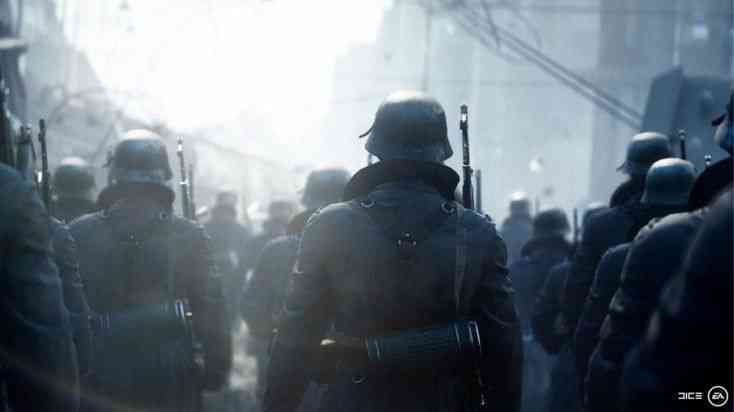
This was followed by Dzhokhar Dudayev (the first president of the Chechen Republic) declaring the independence of Chechnya and Ingushetia two days after the failed coup attempt. The motive behind his declaration of independence was that he thought Yeltsin would reward him for standing with him during the failed coup attempt.
Ingushetia broke away from Chechnya and formed a state of its own, but Yeltsin was never satisfied and remained determined to restore Chechnya as soon as possible.
The start of the first war:
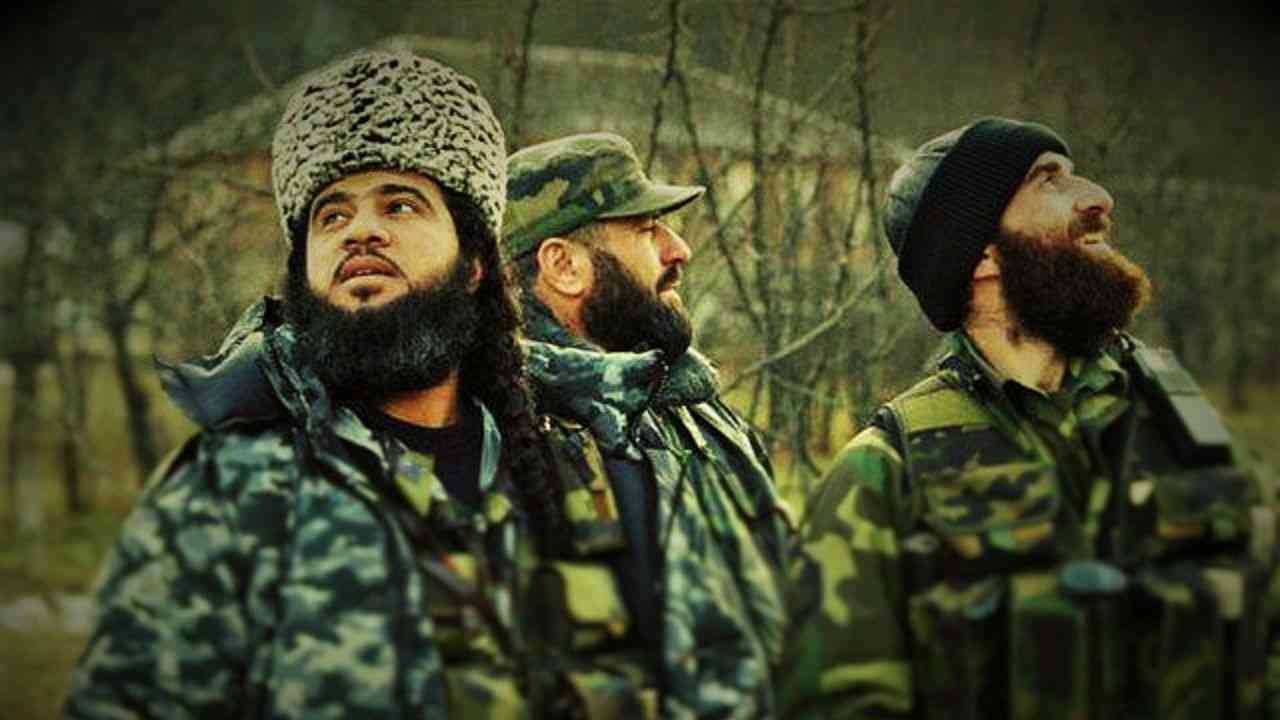
The Yeltsin regime instigated the Dudayev Chechen regime with the support of the anti-Dudayev Chechen leaders. It prompted local military leaders to take up arms against Dudayev as punishment for his refusal to sign the Treaty of the Russian Federation that was introduced in March 1992, and Chechnya was the only country that refused to sign the treaty.
By the end of 1994, things had stabilized for Yeltsin after he arranged the Russian house, and his next step was to restore Chechnya, to appear in the appearance of a strong leader capable of achieving Russian unity and presenting it as a strong heir to the Soviet Union.
In November 1994, the Dudayev regime was subjected to a bloody military coup, which took part in elements that Russia had previously trained and recruited for its benefit. Still, Russia failed to achieve the coup, and Dudayev remained in his place, which prompted Russia to take a decision to invade Chechnya.
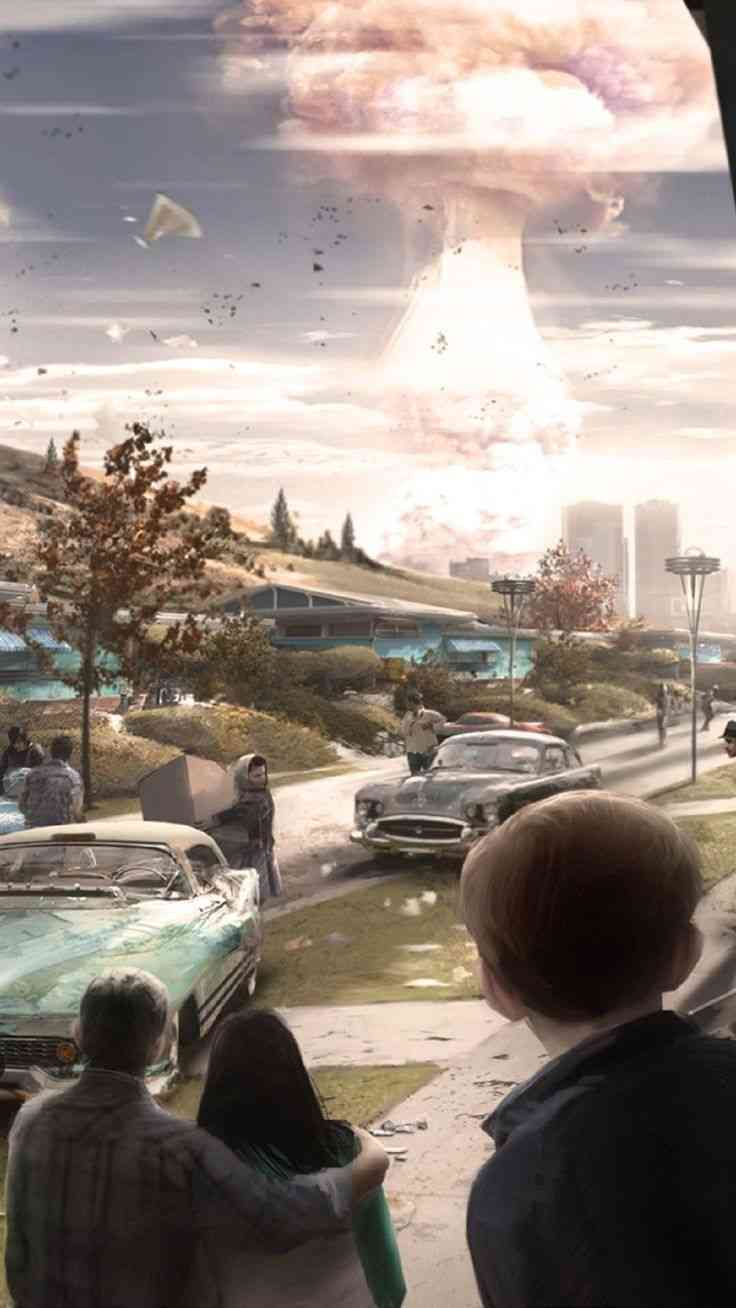
Russia sent 30,000 soldiers to Chechnya, and troops marched to the capital, Grozny, at the beginning of 1995. And the forces entered the capital after they bombed the city with artillery and aircraft, killing 25,000 Chechens, most of them civilians, displacing half a million residents and losing 5,000 Russian soldiers in return.
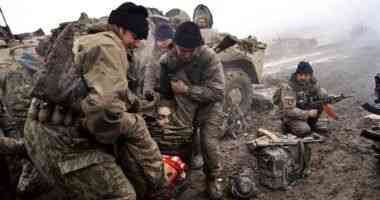
But the Chechen forces did not remain silent on that, so they carried out a revenge operation in which hostages were taken inside Budyonovsk Hospital, and the operation ended with the Russian forces entering the hospital and killing 150 people.
In July 1995, the Chechens agreed to sign a ceasefire, but that did not last long, as they returned to take up arms in December 1995 and intensified their operations inside the Russian depth. They took hostages in Kizlyar in January 1996, and the process ended with the killing of 50 to 150 people.
In the spring of 1996, Jawhar Dudayev was assassinated by a missile after locating him through a phone call that the Russian forces had spied on. But, this did not affect the Chechens who continued their resistance, benefiting from the human support coming from Afghanistan, who saw Chechnya as a new arena for jihad (an Islamic term meaning All actions or words that are done to spread Islam or to repel an enemy that targets Muslims or to liberate a Muslim land or to aid a Muslim) after the end of the Afghan jihad.
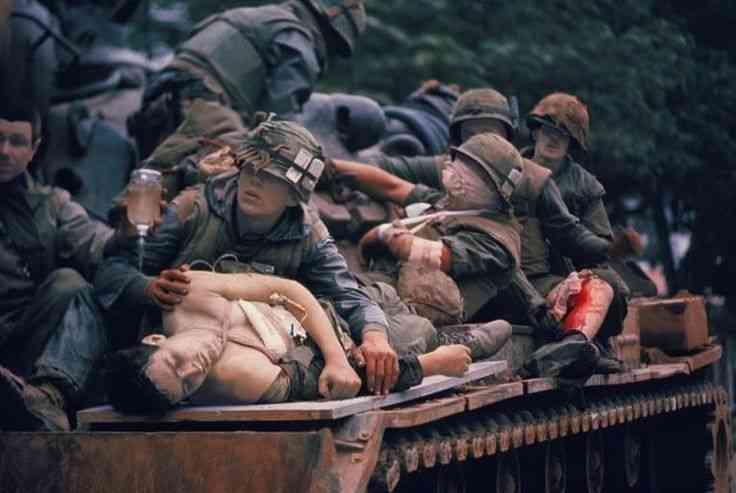
With the worsening situation of the Russian army and the approaching presidential elections, Yeltsin announced a ceasefire, and that was in the summer of 1996, but it did not last more than a month, during which the Chechens had prepared themselves for the second battle of Grozny, that is, in August 1996, in light of the shock of Russian public opinion and skepticism on the usefulness of the war.
Finally, on August 30, 1996, the Chechens signed a ceasefire decree in exchange for the withdrawal of Russian forces ...
Yes, the first Russian war ended with the outcome of 80,000 to 100,000 dead and almost total destruction.
[2]
The Second Russian-Chechen War:
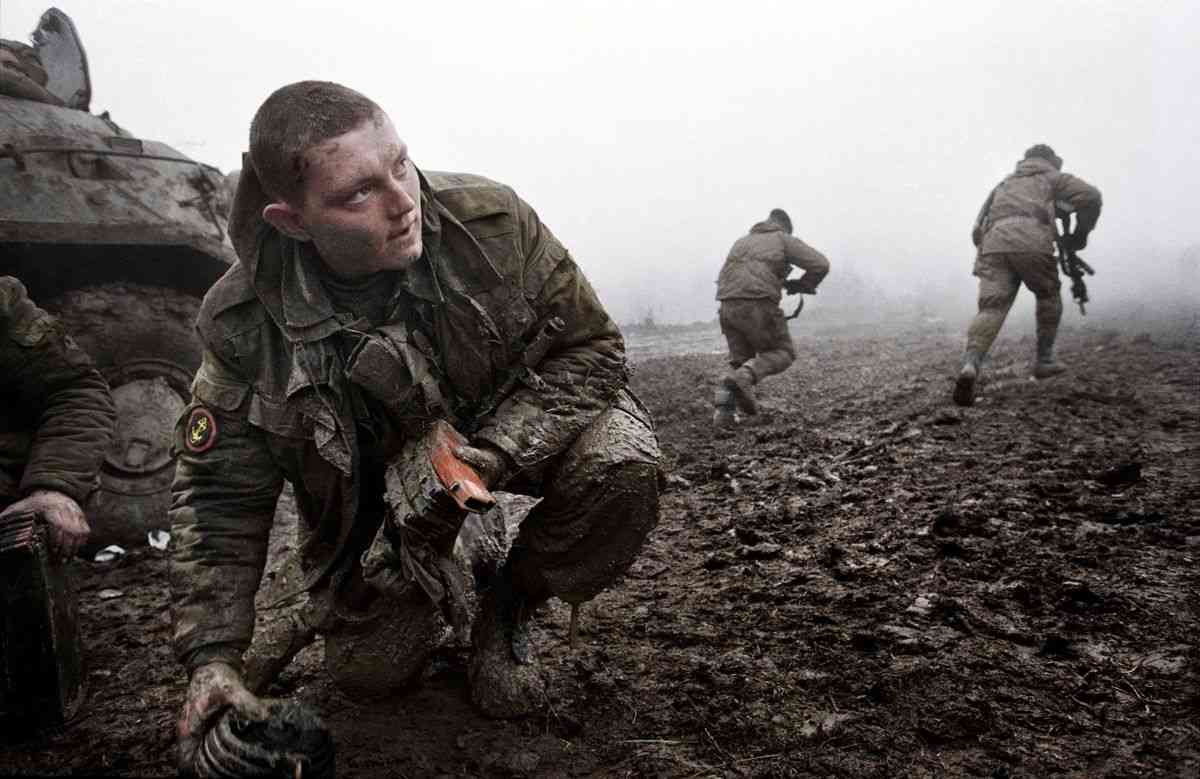
It was certain that a second round of war would be undertaken by Russia to restore its consideration after the humiliating defeat since Yeltsin was not convinced of this end. On the Chechen front, President Aslan Maskhadov (the third president of Chechnya and one of the most prominent leaders of Chechen fighters) failed to achieve stability in his country. In growth, she dreams of uniting the Islamic republics in the Caucasus, Ingushetia, and Dagestan. Those groups led by Shamil Basayev (Shamil Salmanovich Basayev, a Chechen military commander who participated in the Chechen wars of independence from Russia) and the Saudi leader Khattab (his real name is Samer al-Swailem, whose title is Khattab shortened to his old name Ibn al-Khattab Because of his admiration and strong influence on the companion Omar bin al-Khattab).
And when Yeltsin was dying as a military leader, unconvinced with his Prime Minister Sergey Shebashin as heir to rule after him, therefore, Yeltsin decided to appoint the then intelligence chief, Vladimir Putin, to replace Sergey Shebashin. So Putin became the head of the Russian government and the acting president of Russia itself on August 9, 1999, That is, two days after the forces of Shamil Basif tried to take control of towns in the Republic of Dagestan.
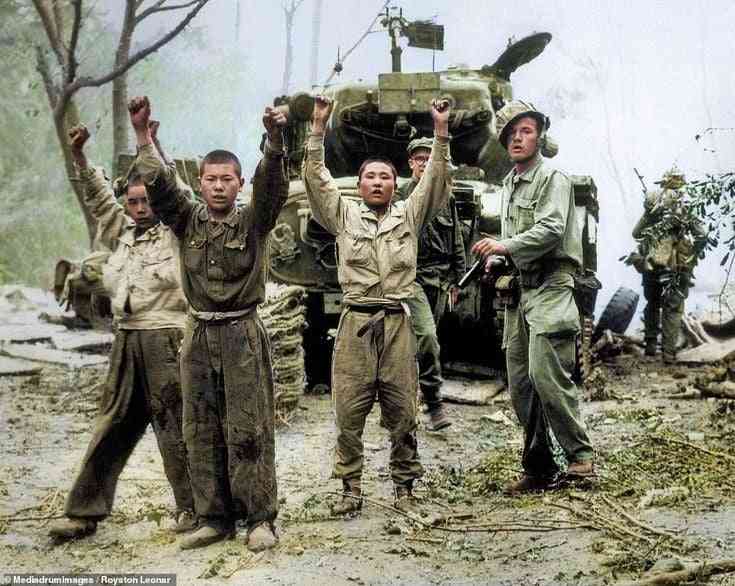
The Chechen government denied its relationship with the Dagestan operations and their perpetrators. Still, the violence moved to Russia, where between August and September, there were dozens of bloody operations that no one had adopted despite the Russian government attributing these operations to Chechen fighters.
On the fifth of September, the Russian warplanes bombed a site belonging to the Chechen fighters in Grozny, then followed by Putin’s announcement of the retreat of his country by recognizing the leadership of Maskhadov. On September 23, Russia declared its war on Chechnya. It pushed 30,000 Russian soldiers to the Chechen borders in pursuit of Grozny, which they reached in The first day in 2000 is the second day of Putin's presidency of Russia after Yeltsin's resignation.
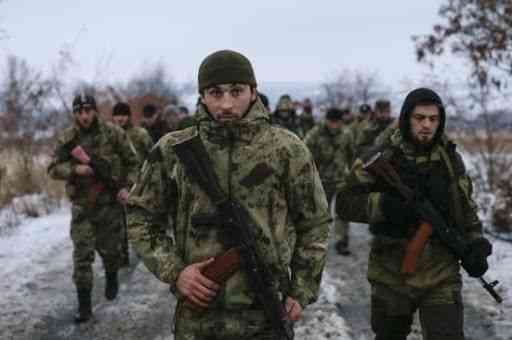
In April 2000, Maskhadov presented a peace proposal, which was rejected by Russia, and Putin insisted on continuing the war with the slogan of fighting terrorism to have the support of Western society, especially after the events of September 11, 2001.
Russia continued its operations amid accusations from international organizations of committing massacres against civilians, and in June 2000, the status of Chechnya was declared under Russian sovereignty. After four days, Akhmad Kadyrov was appointed (the person whom the Russian government had hoped would establish security and stability rules in the Chechen Republic). At the head of the Chechen administration.
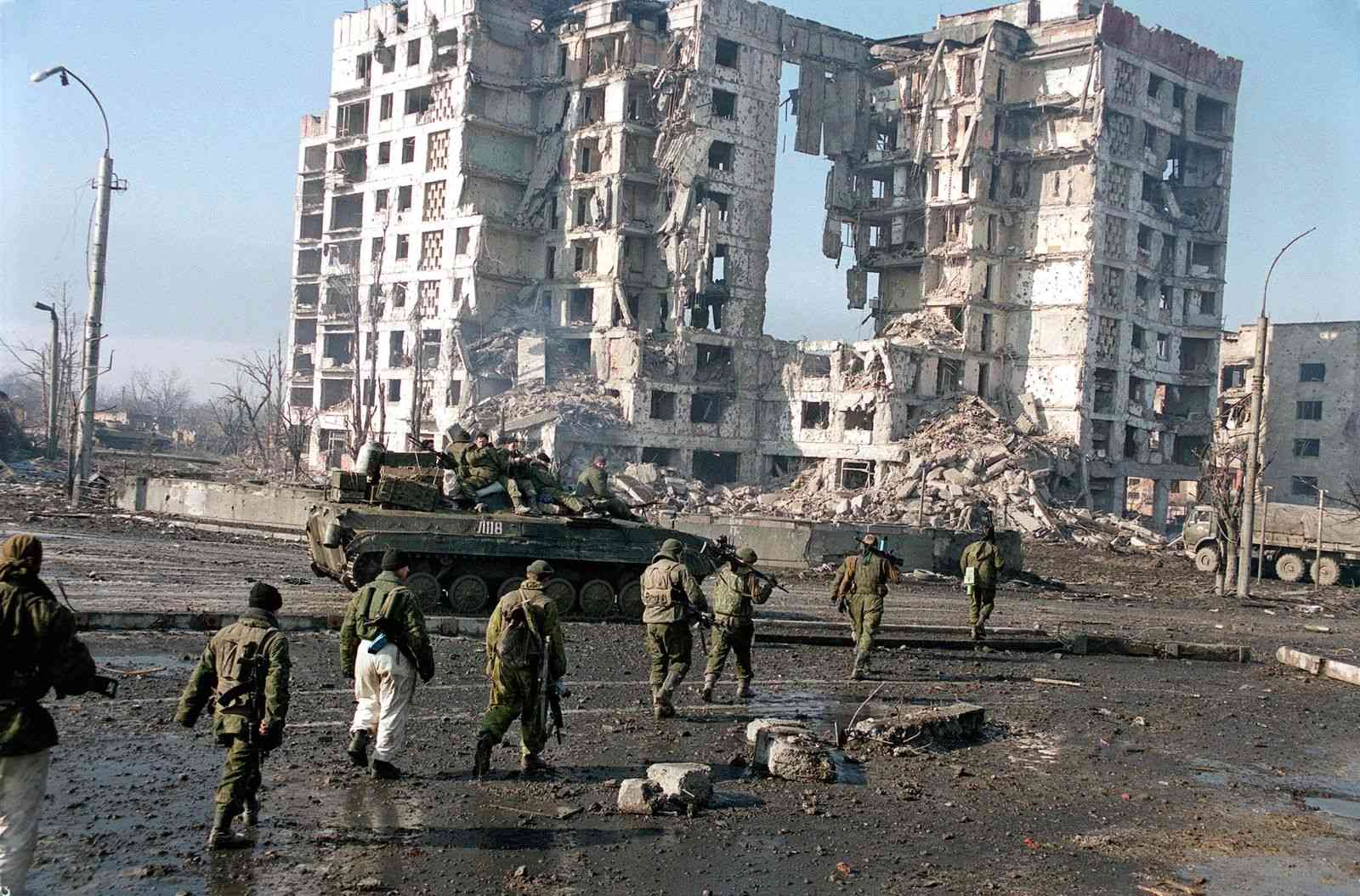
Despite this, Chechen fighters carried out many operations that claimed the lives of many Russians, and in March 2005, President Maskhadov was killed by a Russian commando.
The separatists decided to choose Abdel Halim Saad Al-Laif as the new president and to choose the leader Shamil Basayev as prime minister. He remained in his position until he was assassinated in 2005. The Chechen resistance was significantly weakened by the death of Khattab and Basayev and by the events of September 2001, linking it to terrorism, and it turned from a legitimate government into a terrorist organization.[3]
The war ended with Chechnya being placed under Russian sovereignty, and it resulted in thousands of deaths. A new phase began with the formation of the quest for independence among the peoples of the regions that had previously fallen under the banner of the Soviet Union.
Recommended reading:

Sources:
[1] Chechnya
https://www.marefa.org/%D8%B4%D9%8A%D8%B4%D8%A7%D9%86_(%D8%B4%D8%B9%D8%A8)
[2]Chechen wars
[3]Book: The Chechen War
Written by: Mohamed Youssef Adas

